Finally got time to write again. It was a busy week for me and it showed. Having to also do a little of spring house cleaning and repairs before the temperatures rise left me little time for myself. I am also involved in a little financing project which is Steem related, but more on that later.
Wanted to talk a little about airport lighting but I have to create my own photos so that will probably be the next article. My goal was to write 3 articles per week, but I can't be able to write at least one :(
Hopefully this will change as summer will move in and projects will allow me to have a little more free time.
I have many other subjects I want to touch, like the the newest car safety systems and various levels of autonomous driving, you will like those. More on aviation and some more on space, if only the day would have 36 hours.. but please Earth, don't slow down your rotation speed for me since that will be devastating :D
Were you ever curious as to what those airport signs mean? What are those lines on the runways and on the grass? Let's get the basics out there so you can understand them better

The Apron
The main area of the airport, part of the (aircraft) Movement Area, perhaps best known because of its proximity to the airport gates. It is the main loading and unloading area and the place where passengers can sometimes walk over, when transferred from buses to the aircraft. It is usually covered by concrete tiles as to allow for extended operation and easy replacement. The Apron must withstand a mass of more than 5700 kg per aircraft wheel, a test which is required annually or even more often in case of seasonal changes.
A mandatory requirement is that any apron needs an isolated parking slot that will not cause the airport to halt operations, for use in case of emergency situations like fuel leakage or terrorist threats.
We have several markings here. First of all, the taxiroutes, lines which planes follow to get from a gate or a parking spot to the runway, usually yellow lines with black edges, but can also be white in non internationally regulated areas. We can also spot the white on red sign "RWY AHEAD" which signals that the runway is directly in front and in the direction of the aircraft's travel, along with the holding position, marked like this:

Source - ICAO official regulations

The Taxiway
The ground path which connects the Apron to the Runway. They are classified in accordance with their width, markings and lighting. Some taxiways are designated parts of the Apron and some of them have specific purposes, which we will discuss.
The taxiways have their own markings and can include junctions and intersections, which are marked accordingly. The ground controllers handle the aircraft movements on these surfaces and they are responsible for the correct and efficient use. Usually, the airports are sized based on their traffic so it is safe to assume that almost all the airports will be busy most of the time.
Personal collection - View of an aircraft following the Taxiway Markings, heading to a Taxiway intersection; the Runway is in front and is marked by the appropriate red signs.

The Runway
The most important part of an airport. It is a highly regulated surface as the shock of the landing must be properly absorbed. They are also classified in relation to their width, lighting, markings and tech used to help aircraft land, formally called as Navaids.
You have most probably seen these runway marking from above but never considered what they mean until now:

Each runway needs to have specific identification markings in order to make landings possible and intuitive. The first marking on a runway is the Threshold. This mars the beginning of the active runway and might be preceded by other markings in specific situations. The next marking is the Runway Identification, which consists of a series of numbers and sometimes a letter. This signifies the runway magnetic orientation, and it is the heading in which the plane must fly in order to land on the runway. It is usually rounded so only two letters are visible, for example a runway with 072 degrees orientation is marked as 07. If there are more than one parallel runways, then the presence of the number signifies if the runway is the one on the left (L), center(C), or the one on the right (R). So 07L means that the runway has an orientation of 070 degrees and is the one to the left as you approach it.

The font is designed so it will be readable from a significant inclination and is thus skewed
Source - ICAO official regulations
As the globe's magnetic north changes over time, the deviation is recorded in each airport's documentation and sometime this can cause a runway rename, which is a big thing.
Next you will see a set of parallel lines, two groups of three lines, followed by two groups of two lines and two groups of single lines. These signify the Touch Down Zone, the place where you can actually touchdown. Additionally you have a set of rectangles, called Fixed Distance Marks. They are set in place at exactly 1000 feet from the Runway End and they are the point at which the pilot must aim their landing to take place. If you look at Google Maps on any airport you will see that the amount of rubber is the highest around these points :P
The Centerline marking is then used as a guide to keep the aircraft straight.
In this picture we can clearly see that the runway is displaced, and because it has no taxiways, it has to rely on its end to allow aircraft to turn. This means that the runway is left free for other aircraft to land. After the turn is complete, the aircraft will have to radio Tower for clearance to enter the runway. Also the aircraft landing will insure that they try to land on the marks on not before the runway starts.

Signs
Airport signage is also mostly standardized. Red background means that a runway is announced. Black background with yellow text means that you are on the signed taxiway.

Painted parking stand. The sign is directed at the Tower as the operational area of the apron ends with the red line. The taxiway also ends there. The white line is to prevent airport vehicles to enter the Apron unless in contact with the Tower.
Freshly painted markings just after the cleanup operation. You can see the width of the runway center line along with the smaller width of the taxiway center line. You can also see a couple of inset directional lights. If you wonder how they were able to paint the whole runway and how were we able to take the pictures, the answer is in the following picture:
They closed the whole runway, since drawing an X across the numbers is the official way to close the runway for incoming aircraft.

Safety surfaces
At the end of every runway there are a mandatory 60 meters (200 feet) of concrete surface as part of the runway strip followed by a 90 meters (300 feet) of gravel to help decelerate a plane that failed to stop on the runway with minimal damage. This is called RSA (Runway Safety Area). There are further regulations that advise not placing anything that could cause massive damage to an aircraft up to 300 meters ( 1000 feet) beyond each runway end. This will complement the OFZ (Obstacle Free Zone) that is a small piece of airspace just beyond the runways, up to 50 meters (150 feet) in the air, to protect the aircraft from landing and taking off from the runway.
It is worth mentioning that most of the incidents occurring on the runway are actually Runway Excursions. Rain, crosswind and snow combined with poor pilot judgement in asessing the situation lead to this high incidence. Due to the safety areas, almost none of those actually result in more than a scare or a few passenger bruises.
Sources and further reading:
ICAO Regulations on Airport Design
https://en.wikipedia.org/wiki/Runway
https://en.wikipedia.org/wiki/Runway_safety
https://en.wikipedia.org/wiki/Aviation_safety
Pictures are personal unless otherwise credited.
What else would you like to have explained about airports?

Contribute STEM content using the #steemstem tag | Support SteemSTEM authors | Join our curation trail | Visit our Discord community | Delegate SP to SteemSTEM
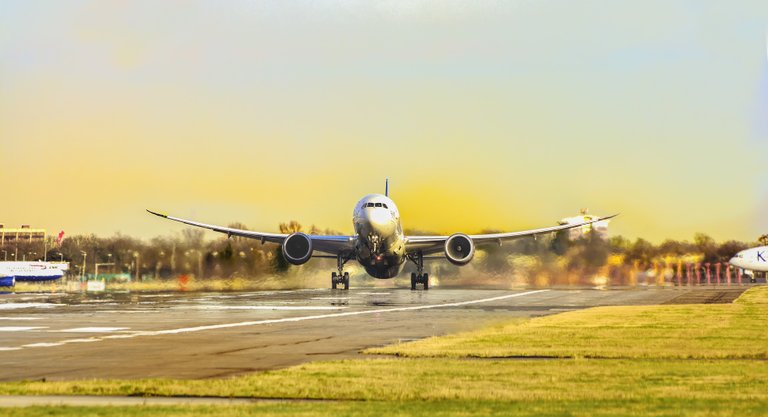
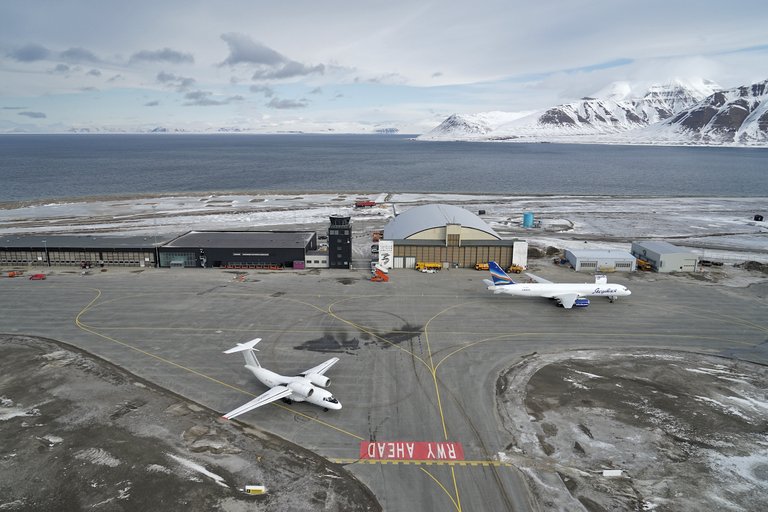
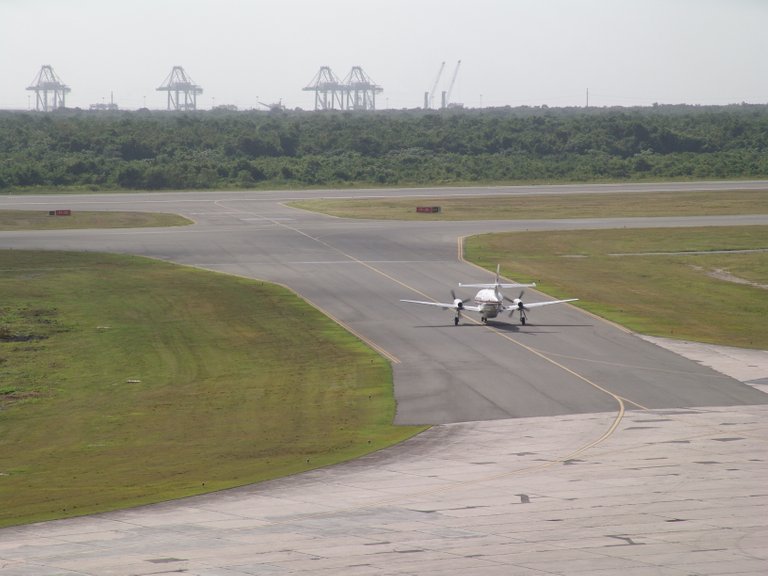
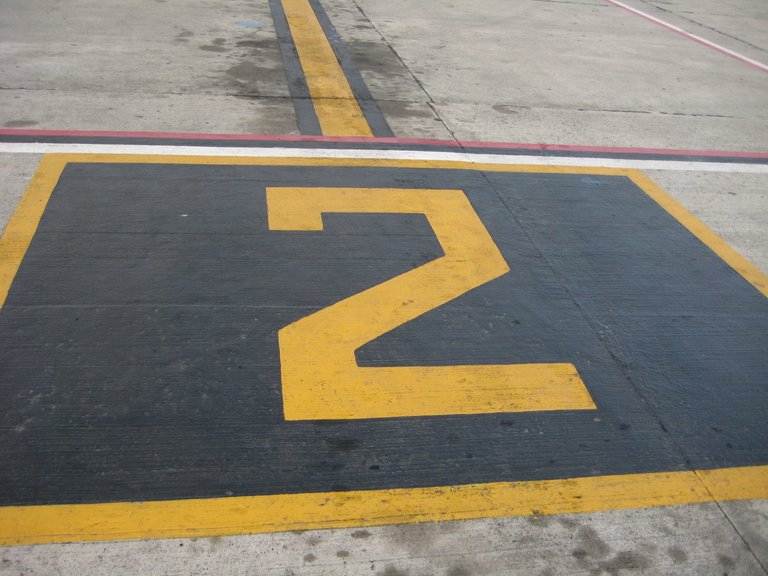
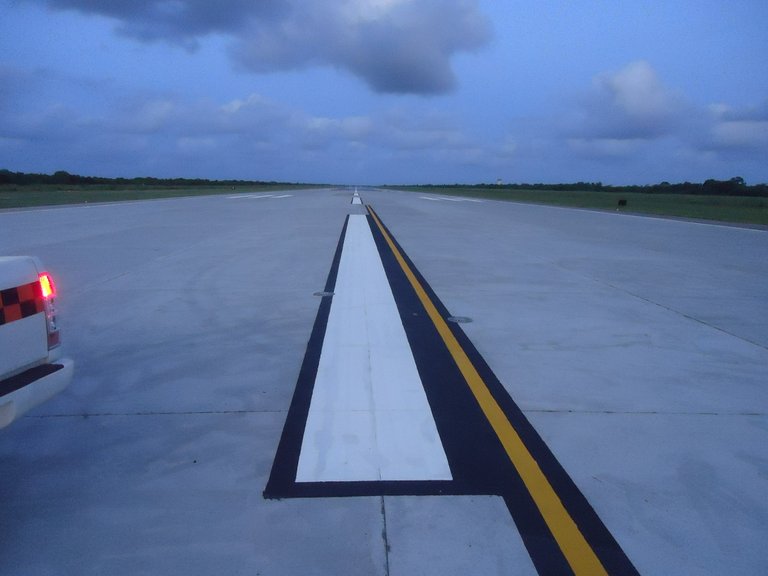

STOPHere comes the third part of this amazing series! The runways things reminded me of the recent incident of US-Bangla Airways Flight 211. That accident was occur due to miscommunication between the pilot and ATC. The pilot was confused of landing on the "20" or "02" number runway which costs 51 lives, one of them was my high school senior brother.
Thanks for this informative write-up, bro. :)
That was a classic, I think that were also features on Air Crash Investigations on National Geographic.
I am sorry to hear that, in aviation though, every incident is treated seriously as to prevent a further similar incident.
Hi @alexdory! It became a series now.. ;)
Loved the information you provided here! :)
I am still waiting in the queue for the radar part. :)
I actually wanted to get more of the info together but I couldn't get the time to do it.
I don't view it as one of my best articles, though..
No bro! You did an amazing work here. Nothing is best or worst! Any topic you choose, if you put the detailed and deep researched work it will turn into amazing.
And here you already did so bro, you have put your real hard work which I can see. You have explained very nicely about the taxiway, runway and apron,etc. It is very nicely described here! I loved it.
But looking forward, if you could take out some time to post about the primary and secondary radar, it will be very nice of you because these were the real tough part for me and I am looking forward in knowing more about it in a simple way from you! :)
Cheers!! Good work bro.. :)
Waooo..... @alexdory, I just had to bookmark this for future reference.
With this, navigating around the airport will just be a walkover.
This was really beautiful
If you ever become a pilot you would like it.
The aircraft prices are coming down fast, a few years ago the prices were huge and now to fly a Glass Cockpit ultralight is almost the price of an expensive sports car. I reckon that in 10 years, the price might be as low as an expensive regular car. This is where emerging countries might have a real benefit, training pilots. Having lesser costs than in Romania, I could go to Zimbabwe or Nigeria to train to be a pilot for under 5000$, and still get the same good training I would get here.
@alexdory, thank you for the explanation, I have learnt alot from this post, I can now go to the airport with the confidence that I know about signs and movement instructions.
Great post! It's still easy to get confuse even with experience.... The trick is to taxi slow, and always chase the yellow line!! fyl safe ❤️✈️
Hey Alex, you did really great with this article. I actually have close to zero knowledge on airport grounds. This has really fed my intellect.
Thumbs up man, and I hope the coming days become a lot less busy for you.